Rewilding Ireland: The Impact of the 100 Million Trees Project
Introduction
Across Ireland, something real is happening. Since 2022, the 100 Million Trees Project has been quietly changing the landscape—tree by tree, field by field. In the last two and a half years, around 750,000 native trees have been planted.
It’s not just about trees. It’s people—farmers, volunteers, communities—getting stuck in and doing something about the environmental mess we’re in. It’s a response that feels grounded, local, and doable.
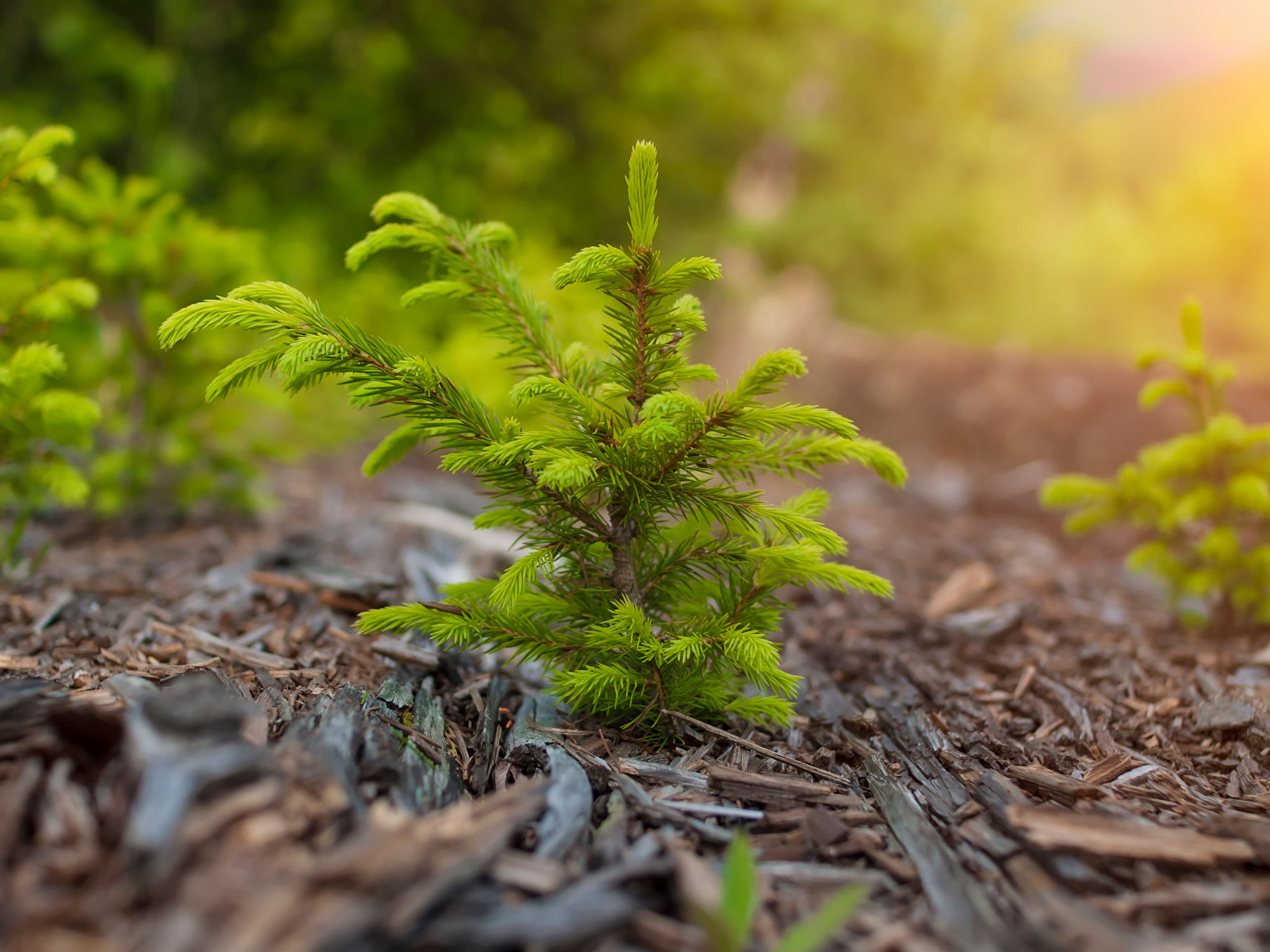
A Natural Response to Climate and Biodiversity Crises
Across Ireland, it’s getting harder to ignore the signs that our environment is under serious pressure. More than half of our native plant species are in decline, and even habitats that are meant to be protected are struggling. Pollinators like bumblebees are slowly disappearing, and butterflies—always a good indicator of how nature’s doing—have seen their numbers drop by half in recent years.
The 100 Million Trees Project is a response to that reality—not just a nice idea, but something practical and rooted in action. It focuses on planting native Irish trees like oak, birch, rowan and hazel. These aren’t just pretty additions to the landscape—they’re vital for wildlife. They create shelter and food for birds, mammals, insects, fungi, and help build healthy soil. They also reconnect fragmented habitats, hold water in the land, and protect areas at risk of erosion and flooding.
If the project reaches its goal, it could take about 2.5% of Ireland’s carbon emissions out of the atmosphere. That might not seem huge on its own, but in the bigger picture, it’s a meaningful, local step—and one that can grow over time, literally.
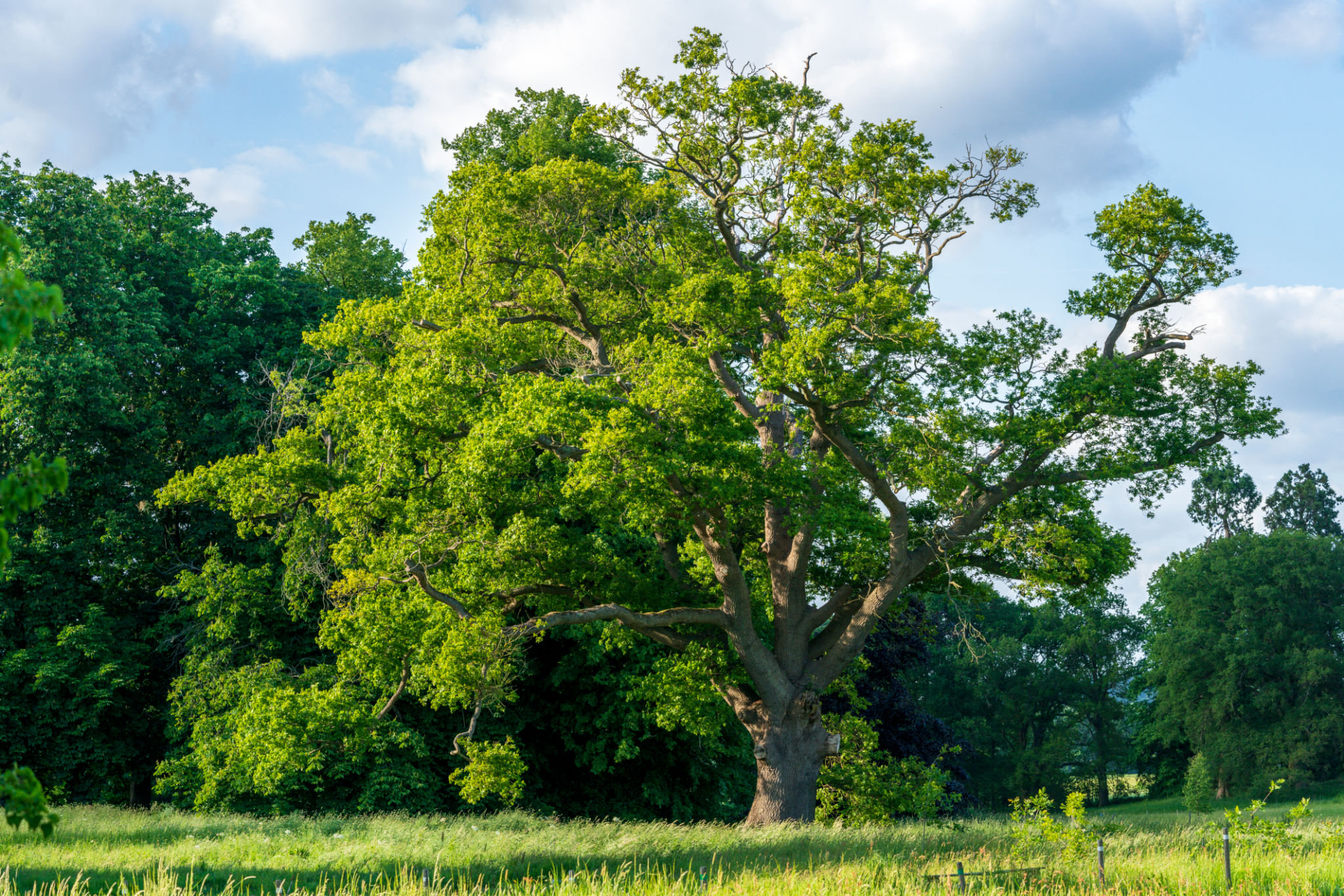
Community at the Heart of Rewilding
What makes this project stand out isn’t just the scale—it’s the people behind it. Across counties, from urban estates to rural farmyards, individuals and groups are coming together to plant trees in their own communities. In 2023 alone, over 200,000 trees were planted across 85 sites, and the project is on track to reach 550,000 across more than 200 sites this season.
Whether it's a weekend planting day with a local GAA club or a few neighbours restoring an old hedgerow, these moments of connection are just as important as the trees themselves. This is rewilding that’s social, tactile, and deeply rooted in place.
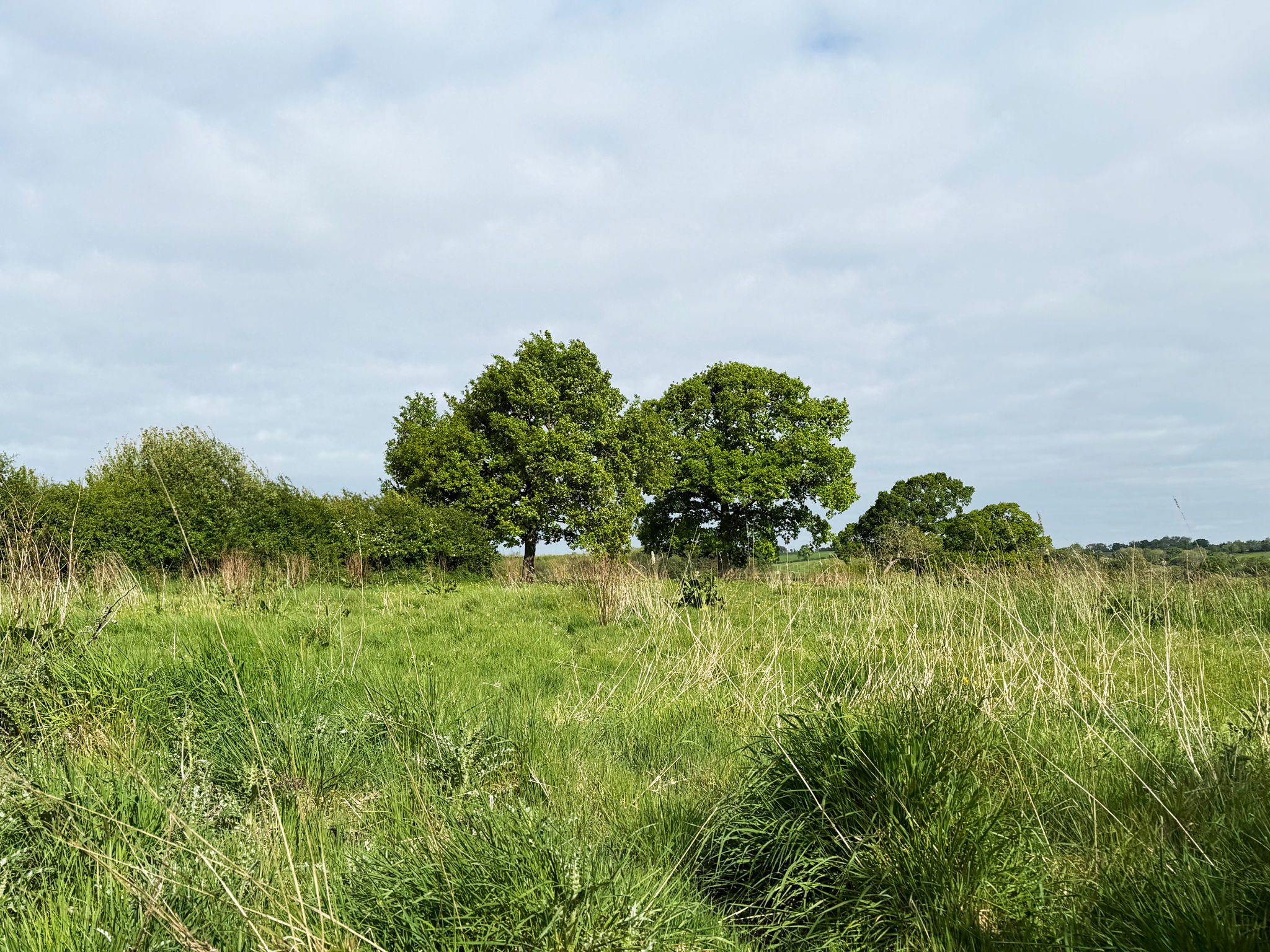
Growing the Next Generation of Stewards
One of the most inspiring parts of this initiative is the way it involves young people. Across Ireland, schools have embraced the project—not just to green their grounds, but to plant the seeds of environmental responsibility in their pupils. In total, over 500,000 saplings have been planted by children through school-based campaigns, with more added every year.
There’s something powerful about watching a child plant a tree and then return to it months or years later to see how it’s grown. It creates a lasting bond with the land—one that can’t be taught in a textbook. These outdoor classrooms are nurturing the next generation of environmental stewards, who understand not just the science, but the feeling of caring for nature.

Farmers and Landowners: Leading the Way for Nature’s Recovery
The success of the 100 Million Trees Project is rooted in the people who know the land best. Across the country, landowners—and especially farmers—are stepping up in growing numbers.
What’s powerful is that it’s not about massive tracts of land. It’s often the smaller, overlooked spaces—half an acre here, the edge of a hedgerow there—where native trees are quietly being reintroduced. And it’s working.
More and more farmers are also trying out high-density planting methods that pack biodiversity and growth into even the tiniest of spaces. These pocket-sized forests don’t just support wildlife—they also boost soil health, provide shelter for animals, and help farms cope with droughts and floods.
What this movement shows is simple: restoring nature doesn’t mean taking land out of use. With the right mindset, planting trees can strengthen a farm, work alongside food production, and support a more resilient rural economy. It’s not either-or—it’s both.
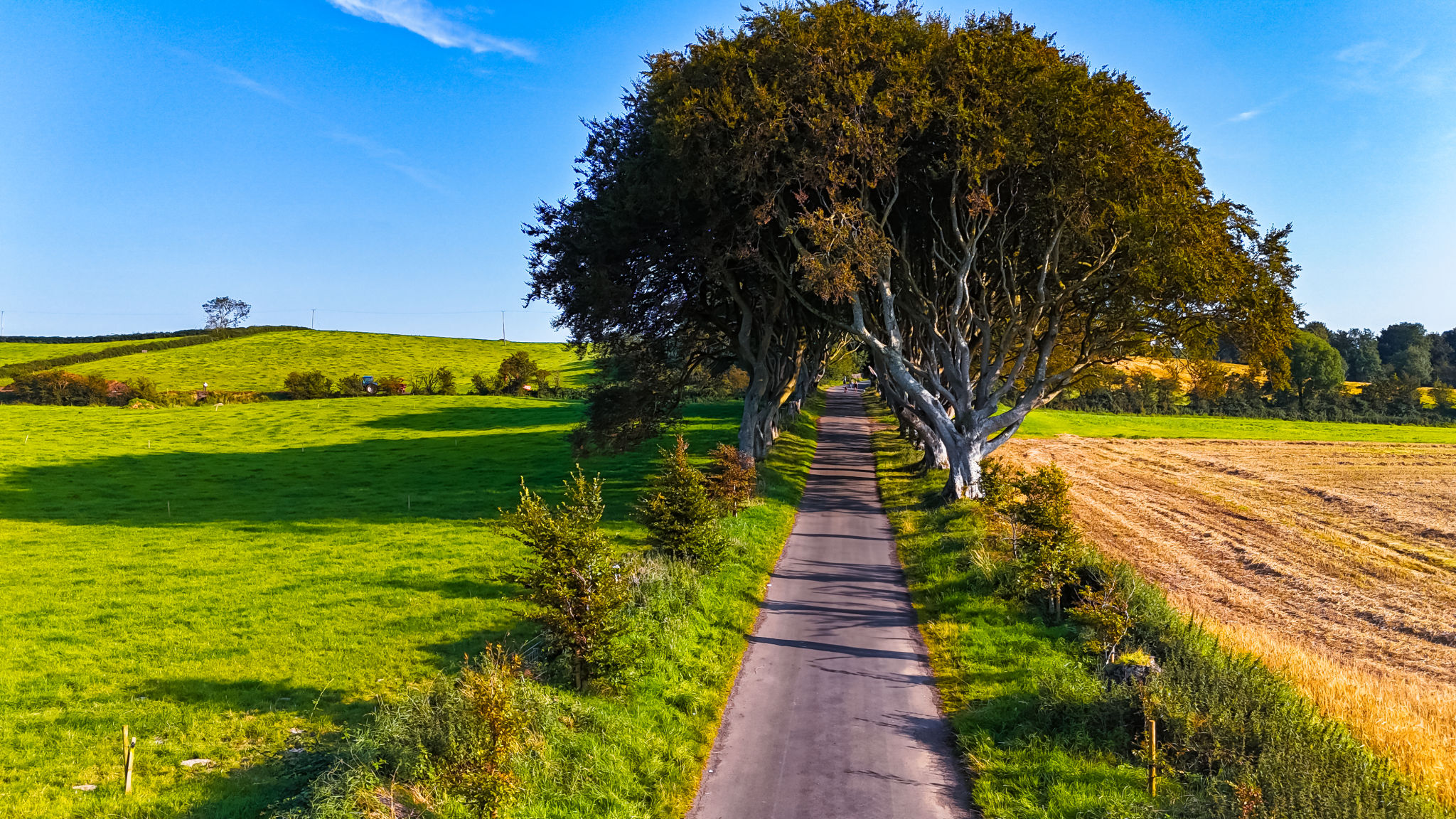
Restoring Ireland’s Ecological Heritage
Ireland wasn’t always so bare. Not that long ago, the island was covered in native woodland—oak, birch, hazel—home to a huge variety of birds, insects, and plants. These days, only about 1% of that original forest remains. And while forest cover has crept up to just over 11%, most of it is made up of fast-growing conifers that don’t offer much for wildlife.
The 100 Million Trees Project is trying to turn that around, one small patch of land at a time. By planting native trees in little pockets across the country, it’s slowly stitching back together the patchwork of habitats that once thrived here. As those trees take hold, the birds, butterflies, wildflowers—and all the other small lives that rely on them—begin to return too.
But this isn’t about looking backwards. It’s not just about what we’ve lost—it’s about what we need to survive now. Native woodlands help clean our water, protect our soil, and make the land more resilient in the face of a changing climate. This work is about healing the land, yes—but also about safeguarding our future.
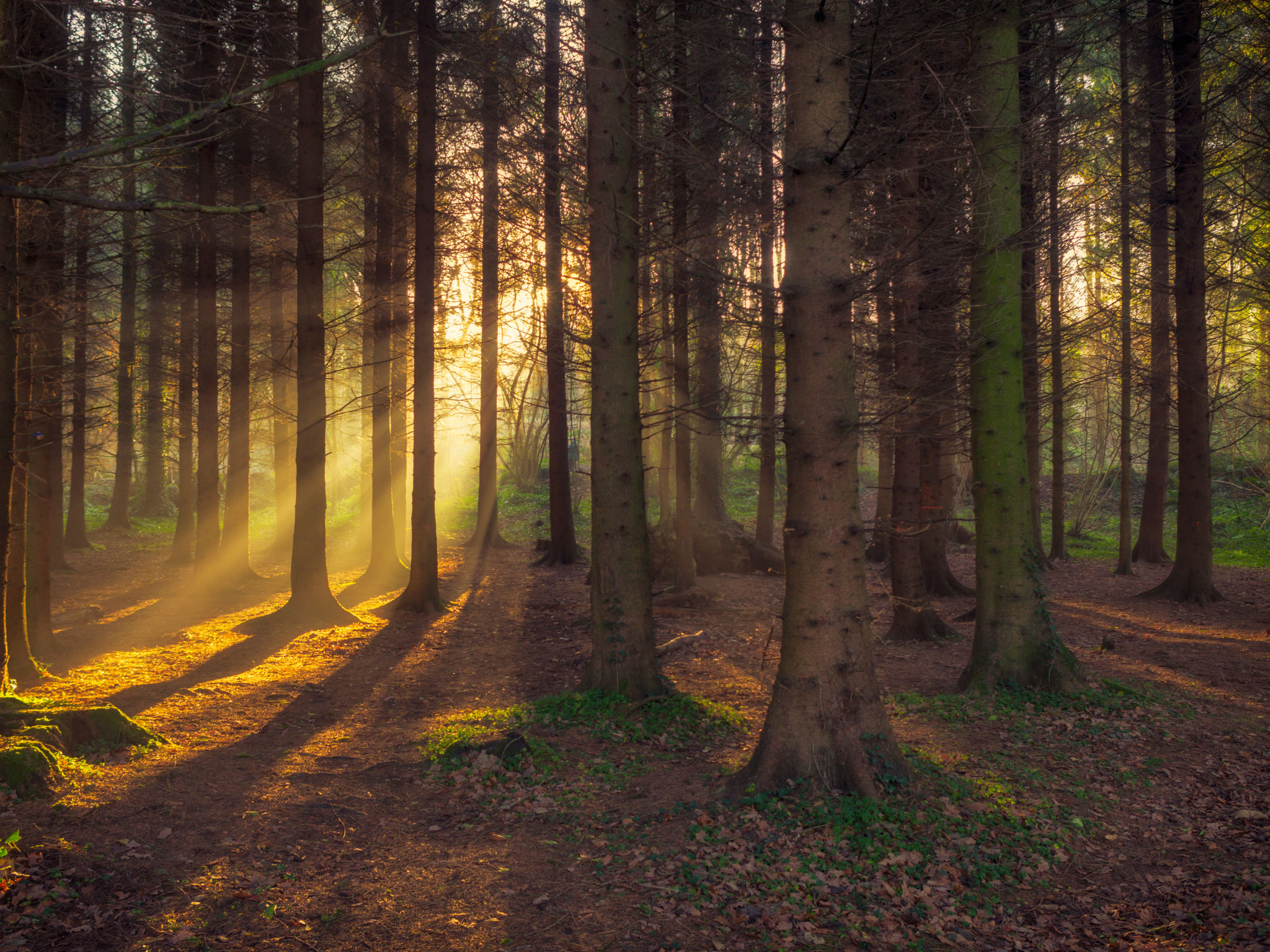
Conclusion
With just under one million trees in the ground so far, the road ahead is long. But these early years have shown what’s possible when community energy meets ecological vision. The ambition is huge, as is the heart behind it.
As a consultancy firm committed to sustainable agriculture, regenerative land use, and environmental leadership, we see this project as a beacon. It proves that you don’t need a global summit or a billion-euro fund to make a difference. Sometimes, the answer is as simple—and as profound—as planting a tree.
*By Anne Hayden MSc., Founder, The Informed Farmer Consultancy.
